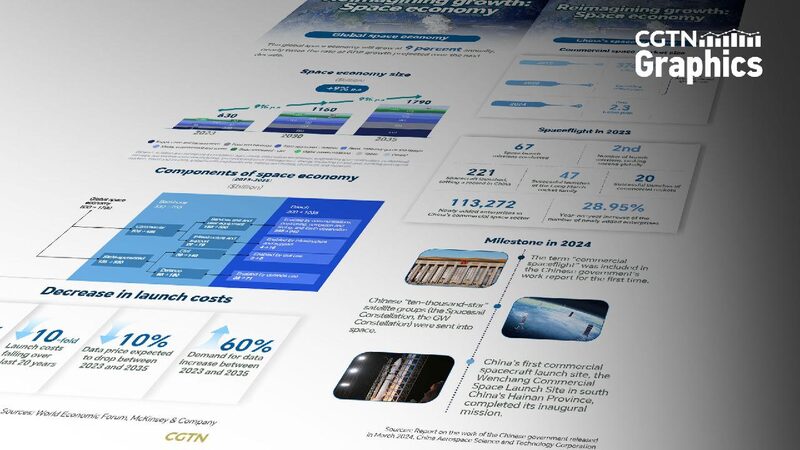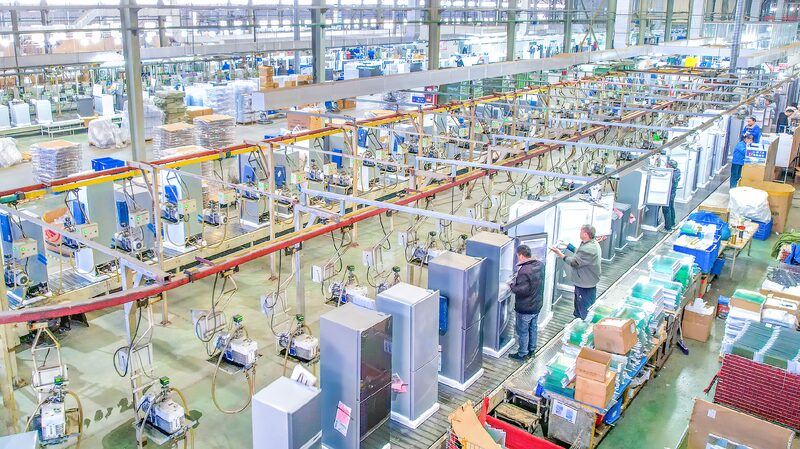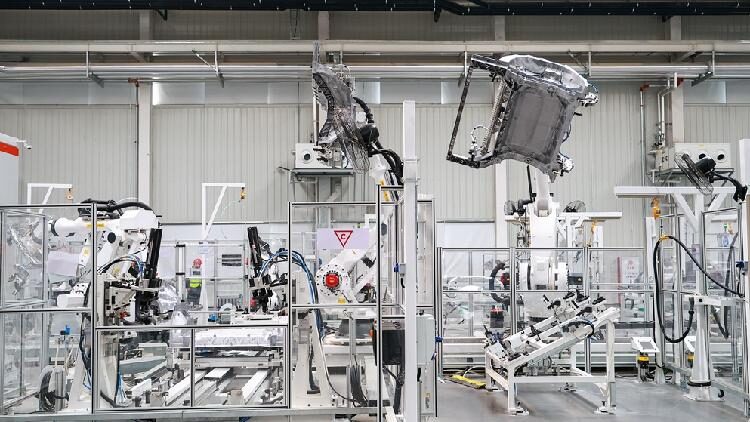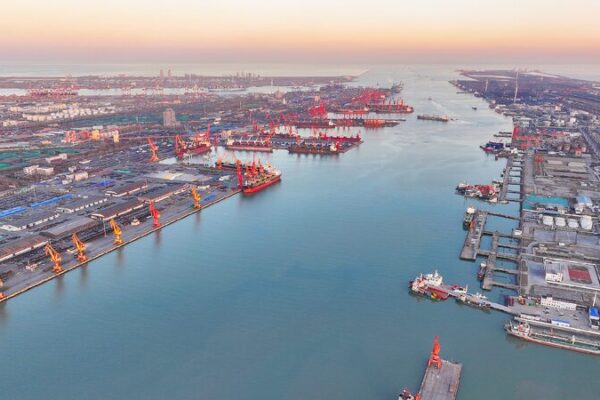The space economy is rapidly emerging as a powerful driver of global growth, offering new opportunities for innovation, investment, and exploration. As the world looks towards reimagining growth, the focus is turning skyward.
The Space Economy, as defined by the Organization for Economic Cooperation and Development (OECD), encompasses all activities and resources that create value and benefits for humanity in exploring, researching, understanding, managing, and utilizing space. This sector is experiencing remarkable growth, with projections estimating it will be worth around $1.8 trillion by 2035, up from $630 billion in 2023. This represents an average annual growth rate of 9 percent, significantly outpacing the global GDP growth rate.
One of the key factors fueling this growth is the surge in satellite launches. From 2019 to 2023, the number of satellites launched per year has grown at a cumulative annual rate of over 50 percent. At the same time, launch costs have plummeted, falling tenfold over the past two decades. This reduction in costs is making space more accessible than ever before.
Additionally, data prices are expected to drop by 10 percent between 2023 and 2035, even as demand increases by 60 percent. This indicates a rapid expansion in the use and availability of space-derived data, which has applications across numerous industries, from agriculture to telecommunications.
China has emerged as a significant player in the commercial space sector. From 2015 to 2020, the output value of China’s commercial space industry increased from 376.42 billion yuan ($51.45 billion) to over 1 trillion yuan, with an average annual growth rate of 22 percent. It is estimated that the size of China’s commercial space market will exceed 2.3 trillion yuan in 2024.
In 2023, China conducted 67 space launch missions, ranking second globally. A total of 221 spacecraft were launched, setting a national record. The number of new enterprises in China’s commercial space sector reached 113,272, a year-on-year increase of 28.95 percent.
Notably, in 2024, the term “commercial spaceflight” was included in the Chinese government’s work report for the first time, highlighting the growing importance of this sector. China’s “ten-thousand-star” satellite groups, including the Spacesail Constellation and the GW Constellation, were launched into space, marking significant milestones in the nation’s space endeavors. Moreover, the country’s first commercial spacecraft launch site, the Wenchang Commercial Space Launch Site in south China’s Hainan Province, completed its inaugural mission.
As the space economy continues to expand, it is set to become a cornerstone of global economic growth, offering exciting opportunities for young people around the world. The future of space is not just about exploration; it’s about leveraging new frontiers to drive sustainable development and innovation.
Reference(s):
Reimagining growth: Space economy becomes new economic driver
cgtn.com








